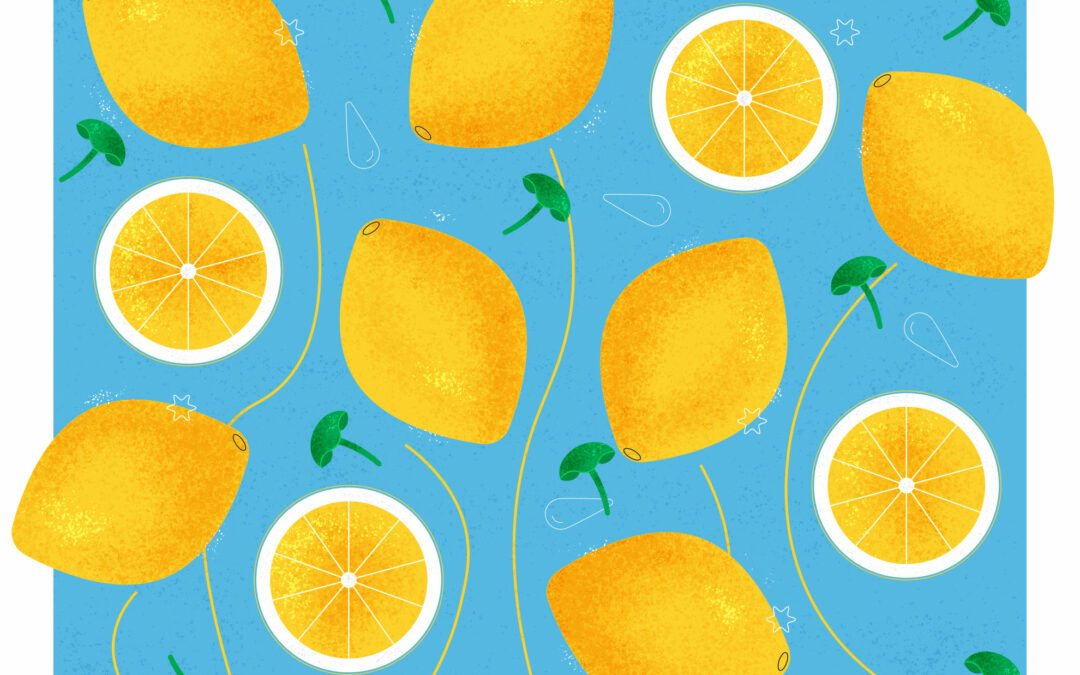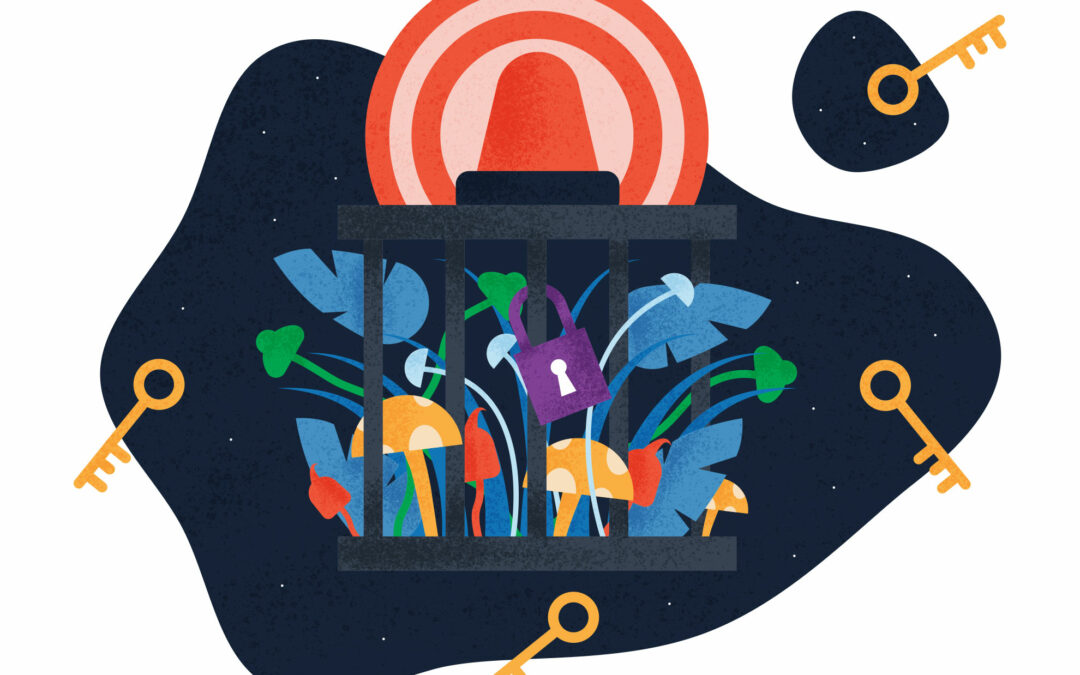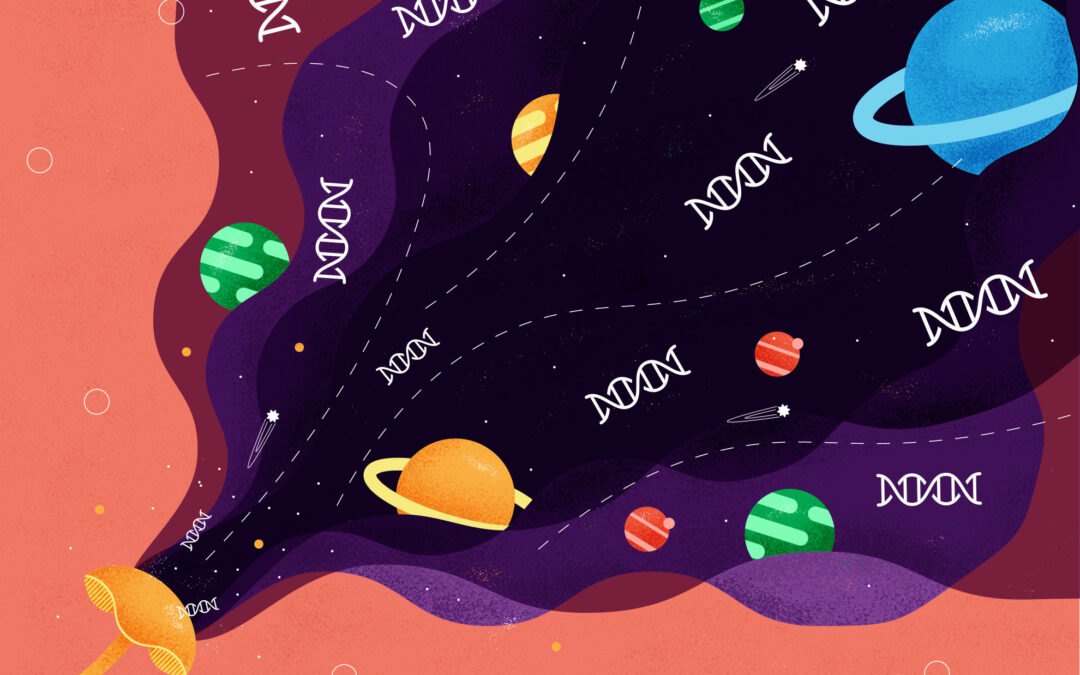
Different types of psilocybin mushrooms are found on almost every continent. They are also known as psychedelic or magic mushrooms because of the psychoactive substances they contain. These chemicals are called psilocybin, psilocin, and baeocystin, and they are what give the mushrooms their hallucinogenic side effects.
But when we talk about psilocybin mushrooms, there are not just one or two different types to choose from. In fact, there are more than 180 different species of psilocybin mushrooms growing in the wild. And these different types fall into a few different genus categories.
Different Types of Psilocybin Mushrooms
Most of the psilocybin mushrooms are found in the Psilocybe genus. In fact, this one has at least 126 different species of psilocybin mushrooms to choose from, all varying in size, shape, colouring, and potency. These different species are found all over the world, so no matter where you are, you can get your hands on at least one type of Psilocybe mushroom.
But there other different psilocybin mushroom genera out there which still contain the psychedelic chemicals. These ones don’t have as many different species variations as the Psilocybe mushrooms, but they are still worth noting. These genera include:
- Conocybe
- Copelandia
- Galerina
- Gymnopilus
- Inocybe
- Mycena
- Panaeolus
- Pholiotina
- Pluteus
Now, it should be noted that not all of the different species in each of the genera listed above are psilocybin mushrooms. For instance, most of the species in the Inocybe genus are poisonous, making it a bit difficult — and potentially dangerous — to find the psychedelic ones.
Psilocybin Mushrooms Representative Species
If you’ve decided to go and check out a few of the mushrooms in your area, there are a few species that share similar features, such as dark spores and gills. And many of them are found in the same areas of the world, making them much easier to find. These mushrooms are known as the psilocybin mushrooms representative species, due to the similarities between them.
Psilocybe cubensis
This is the most popular species around. Also called “cubes” or “shrooms,” it can be found growing on cow dung along the Gulf Coast in the U.S. but grows in Mexico, Central America, South America, and the West Indies as well. It can also be found in parts of Asia and Australia.
Young mushrooms start out with curved caps, but they flatten out as the mushroom ages. They grow anywhere from 2-8 cm in diameter. The coloring is reddish-brown at first but lightens to a golden brown. The spore prints of these mushrooms are a dark purple-brown.
Psilocybe cyanescens
This one is called “wavy caps” due to the distinctive waves that form in this area as the mushroom ages. Its coloring is pale and yellowish, which is rare among these mushrooms. But its blackish-brown spores are quite common in the genus.
These mushrooms grow on wood chips, preferring areas rich in lignin. They can be found in the Pacific Northwest areas of the U.S., as well as in parts of Europe and New Zealand.
Psilocybe mexicana
Traditionally, these were used by the Aztecs and Mayans for religious and spiritual ceremonies for thousands of years. They are known for their small 2-3 cm caps that are brown or beige when young but lighten to a straw color over time. They may even have blue or green tones to them in some cases. These ones also have the dark spore prints and the mushroom even turns blue when bruised.
Psilocybe semilanceata
Known as “Liberty Caps,” these common mushrooms grow in the meadows and pastures of North America and Europe, though they prefer the sheep grazing grounds over the cattle areas. One of the most potent mushrooms around, these ones have caps ranging from 5-25 mm in diameter. These caps roll inward when young, but unroll and may even curl up as the mushroom ages. Like the other representative species, this one has a brown or purple spore print.
If you are a beginner to the world of psilocybin mushrooms, the common features make these ones easy to identify. But you should never ingest a mushroom if you are not sure what kind it is. Do a proper spore print to be sure you have the right one, or you may suffer some pretty nasty consequences.









